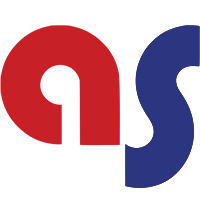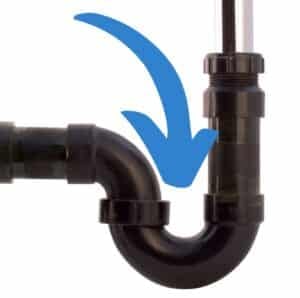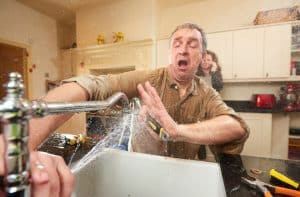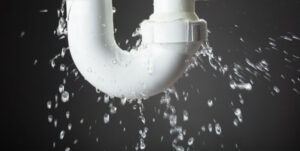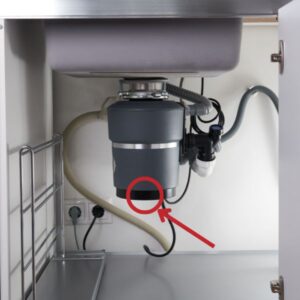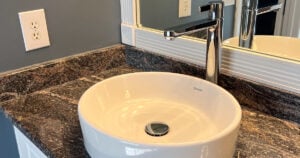Your Ultimate Home Maintenance Calendar
Comprehensive DIY Plumbing and HVAC Maintenance for the Average US Household
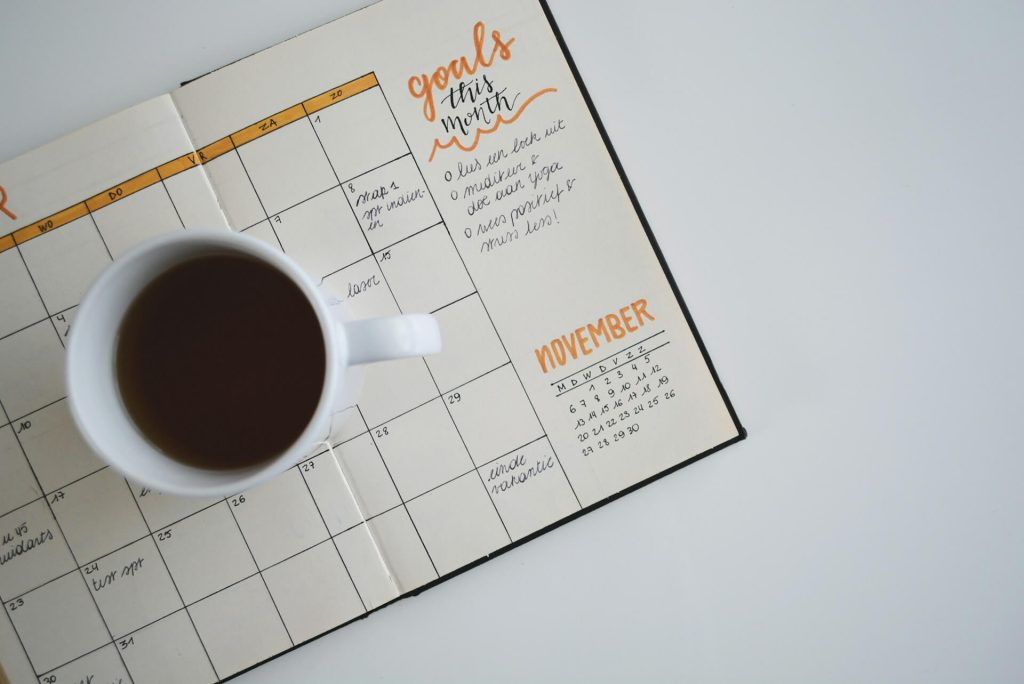
Homeowners can save quite a bit of money on repairs or replacements by performing simple maintenance tasks. All you need to do is prepare a plan, load the tasks in your calendar, and be diligent about sticking to it. We wanted to make your life even easier and built the list and the calendar for you. If some items are not applicable, simply remove them from your calendar. A little prep work upfront and then about 12 hours per year, and your house systems will remain in top shape. You can thank us by sharing this with your friends, family, and co-workers.
Plumbing Maintenance Tasks
According to HomeAdvisor, the average cost of plumbing repairs ranges from $180 to $492 for common issues like fixing leaks, while major repairs such as replacing a water heater can cost between $1,000 and $3,500 [source]. These costs can add up quickly, especially if multiple repairs are needed over time. Regular maintenance can prevent many of these issues, saving homeowners significant amounts of money.
A little attention to detail and preventative maintenance can avoid or at least soften the impact of these costly repairs. Simple tasks like inspecting and cleaning drains, checking for leaks, and maintaining outdoor hose bibs can make a substantial difference in the longevity and efficiency of your plumbing system.
Below is a comprehensive table outlining essential plumbing maintenance tasks:
| Task | Frequency | Time Required | Description |
|---|---|---|---|
| Clean P traps and drains | Monthly | 15-30 minutes per drain | Gunk and build up can accrue in your p traps and drains. Specialized drain cleaning products can kill bacteria and growth to prevent unpleasant odors and help prevent back ups. These cleaners don’t remove clogs, but they can keep your drains clean and prevent build up, which can lead to clogs and slow drains. |
| Check for Leaks | Monthly | 10-20 minutes per area | Inspect visible pipes, faucets, and showerheads for leaks. Tighten loose connections with a wrench and use plumber’s tape for small leaks. Consider installing a leak detection system for areas not regularly seen. These systems can alert you to leaks, and even shut off the water to your home to avoid major water damage. |
| Test Water Pressure | Bi-annually | 10-15 minutes | Use a water pressure gauge to ensure home water pressure is within the recommended range (40-60 psi). |
| Clean Faucet Aerators and Showerheads | Every 6 months | 10-15 minutes per fixture | Remove and soak aerators and showerheads in vinegar to dissolve mineral deposits. Scrub with an old toothbrush. |
| Check and Insulate Pipes | Annually | 30-60 minutes | Inspect exposed pipes for signs of wear or leaks. Insulate pipes to prevent freezing and improve energy efficiency. |
| Winterize Outdoor Hose Bibs | Annually (before winter) | 10-15 minutes per hose bib | Disconnect hoses, shut off water to the outdoor spigot, drain remaining water, and install insulated covers to protect from freezing. |
| Irrigation System Maintenance | Seasonally (start and end of irrigation season) | 1-2 hours | Inspect for leaks, broken sprinkler heads, and proper water coverage. Adjust sprinkler heads and ensure efficient watering. |
| Winterizing Plumbing | Annually (before winter) | 1-2 hours | Prepare plumbing for winter by insulating pipes, draining outdoor faucets, and covering hose bibs with foam covers. If you have an exterior tankless water heater, ensure that it is protected from wind and all pipes are insulated. |
| Clean Your Garbage disposal | Bi-annually or monthly, depending on usage | 15 minutes | Run cold water from your kitchen sink faucet and put 2 cups of ice cubes down the kitchen drain while running your garbage disposal. Turn off the water and the garbage disposal. Pour 1 cup of vinegar and half a cup of baking soda down your drain without turning on the garbage disposal. Let it sit for 10 minutes. Plug your garbage disposal drain and fill it with warm water. When the sink is halfway full, remove the plug and turn on the garbage disposal to thoroughly rinse the disposal. Also consider leaving enzyme drain cleaner in the garbage disposal overnight (ideally after you’ve cleaned it using the process described above) |
| Run Water in Infrequently Used Fixtures | Monthly | 15 minutes | Dry P Traps can allow sewer smells to enter the home. Run water in all fixtures that aren’t frequently used (basement bathrooms, bar sinks, etc) to avoid dry P Traps. |
| Check Sewage Ejector Pump Functionality | Bi-annually | 5 minutes | Run water and flush the toilet in any basement bathroom or kitchenette connected to a sewage ejector pump to ensure proper drainage. |
| Monitor where your water line enters the home | During/after rain | 5 minutes | If your water line enters your home through a basement wall, make sure that this wall penetration stays dry during rain storms. |
| Schedule annual plumbing inspection | Annually | 1 -2 hours | A professional plumber can inspect (and replace if necessary) your anode rod, flush your water heater, test your expansion tank, adjust your pressure regulating valve, check for leaks and ensure there are no code violations that could be a safety issue. |
HVAC Maintenance Tasks
The average cost of HVAC repairs can range from $100 for minor fixes to over $1,200 for major repairs like replacing a blower motor [source]. Replacing an entire HVAC system can cost between $5,000 and $10,000. Regular maintenance not only helps prevent these expensive repairs but also extends the system’s lifespan and improves its efficiency.
Simple tasks like replacing air filters, inspecting the thermostat, and clearing debris from the outdoor unit can make a significant difference in your HVAC system’s performance. Here is a detailed table outlining recommended HVAC maintenance tasks:
| Task | Frequency | Time Required | Description |
|---|---|---|---|
| Replace Air Filters | Every 1-3 months | 5-10 minutes per filter | Replace air filters regularly to ensure efficient airflow and improve indoor air quality. Use the correct filter size and type for your system. |
| Inspect Thermostat | Annually | 5-10 minutes | Check thermostat settings and replace batteries if necessary. Ensure it functions correctly and accurately reads room temperature. |
| Clear Debris from Outdoor Unit | Monthly during operation | 10-15 minutes | Keep the outdoor unit free of leaves, dirt, and debris to ensure proper airflow. Use a garden hose to gently clean the unit’s exterior. |
| Inspect and Clean Air Ducts | Every 3-5 years (DIY inspection annually) | 30-60 minutes for inspection | Inspect air ducts for dust buildup, mold, or leaks. Use a flashlight and a vacuum with a hose attachment for cleaning reachable areas. |
| Schedule annual cooling inspection | Annually | 1-2 hours | A professional HVAC technician will ensure proper refrigerant levels, inspect and clean components of your system, and test the system for proper cooling performance. |
| Schedule annual heating inspection | Annually | 1-2 hours | A professional HVAC technician will inspect and clean components of your system, and test the system for proper heating performance. |
Download Home Maintenance Calendar
How to Use These Files
Tools Needed for Plumbing and HVAC Maintenance
Usually, no complicated or specialized equipment is needed for these tasks. However, homeowners should make sure basic tools are available. Here is a checklist for you to verify that you have the necessary tools and to identify any that you might need to pick at your local hardware store:
| Tool | Purpose |
|---|---|
| Plunger | Clearing minor drain clogs |
| Drain snake/auger | Removing stubborn drain blockages |
| Baking soda and vinegar | Routine drain cleaning |
| Bucket | Catching water during repairs |
| Old toothbrush | Cleaning small parts |
| Flashlight | Inspecting dark or hidden areas |
| Wrench | Tightening connections, removing aerators |
| Plumber’s tape | Sealing small leaks |
| Small mirror | Viewing hard-to-see areas |
| Water pressure gauge | Testing home water pressure |
| Replacement air filters | Regular HVAC maintenance |
| Screwdriver | Removing and replacing components |
| Garden hose | Cleaning outdoor HVAC units |
| Soft brush | Cleaning small components |
| Vacuum with hose | Cleaning air ducts |
| Pipe insulation | Preventing pipe freezing and improving efficiency |
| Insulated covers | Protecting outdoor hose bibs |
| Sprinkler head wrench | Adjusting and maintaining irrigation systems |
Additional Tips
- A detailed log or a maintenance journal will help you not to miss any tasks. Although if you use the calendar we have built for you, it can take the place of your journal. Feel free to add anything if it fits.
- User manuals of your plumbing and HVAC systems provide specific instructions and safety warnings. If you’ve misplaced the physical copy, you can usually find these manuals online by visiting the manufacturer’s website and searching for your model number. Many manufacturers have downloadable PDFs of their manuals available. Additionally, websites like ManualsLib and ManualsOnline can be useful resources for locating user manuals.
- Use appropriate safety gear, such as gloves and goggles, when handling chemicals or working in potentially hazardous conditions. Gloves and goggles prevent chemical burns and protect your eyes from dust and debris when cleaning drains with chemical cleaners or inspecting dark and confined spaces.
Taking a few hours each year to maintain your plumbing and HVAC systems provides peace of mind and makes life more stress-free. Knowing that your house is in order and that you are proactively preventing costly repairs and inefficiencies brings a sense of security and comfort. This proactive approach not only enhances system performance but also contributes to a healthier and more comfortable living environment.
